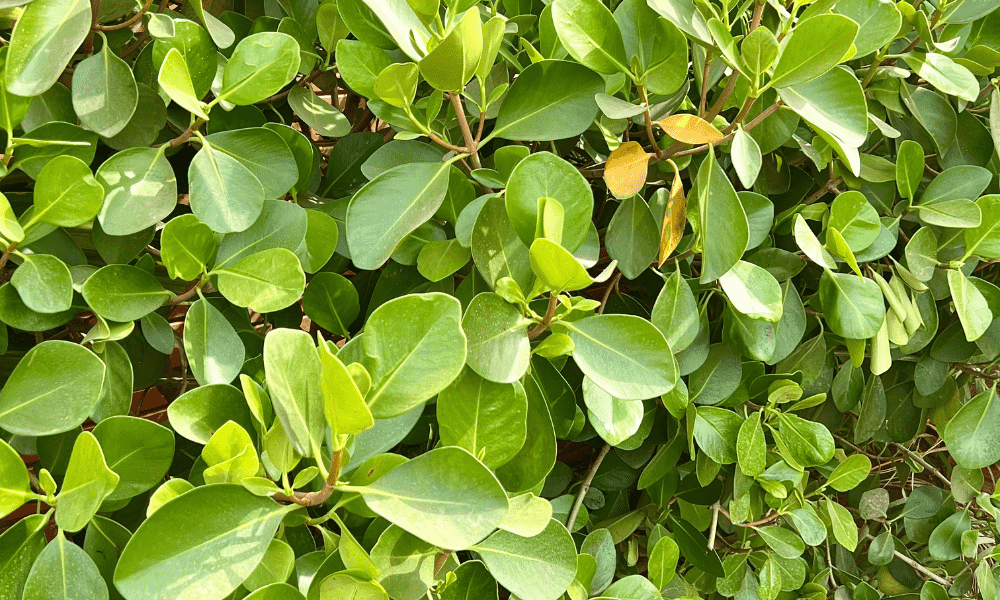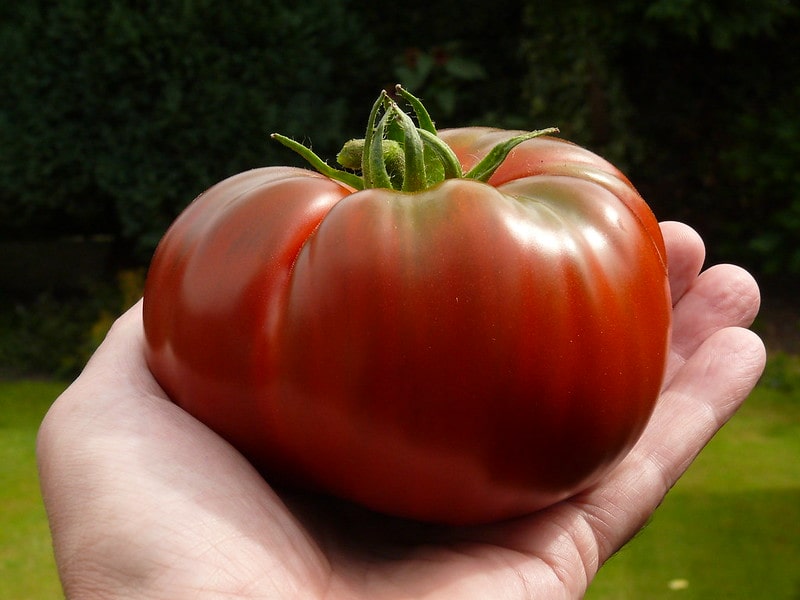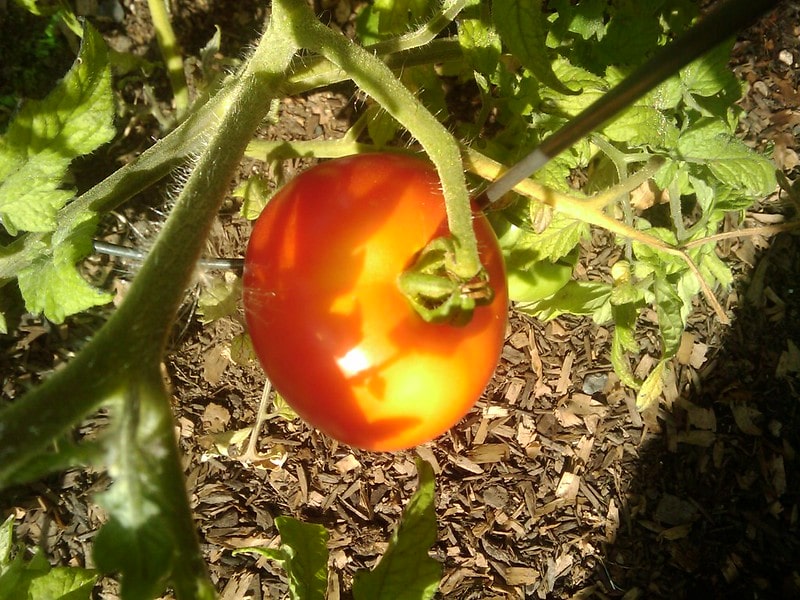Despite its rapid growth, bamboo bonsai stands as a captivating choice in the world of bonsai cultivation. Its allure lies in its resilience and ease of care, making it an attractive option for beginners and seasoned enthusiasts alike. In this comprehensive guide, we delve into everything you need to know about selecting, cultivating, and maintaining bamboo bonsai.
Selecting the Right Bamboo
When choosing bamboo for bonsai cultivation, it’s essential to opt for varieties conducive to the art form. Dwarf species are particularly suitable, as they maintain a manageable size and lend themselves well to the bonsai aesthetic. Here are some recommended varieties:
- Bambusa ventricosa (Buddha’s Belly): Renowned for its distinct bulges and zigzags, the dwarf variant of this species adds character to any bonsai collection.
- Bambusa multiplex (Tiny Fern): With its small leaves and compact size, this variety is ideal for beginners seeking a manageable bonsai option.
- Pleioblastus fortunei (Dwarf White Stripe): Compact and resilient, this species is well-suited for bonsai cultivation, though regular root pruning may be necessary to control its size.
- Pseudosasa owatarii: With its natural dwarf stature and cold tolerance, this variety offers ease of care and year-round outdoor resilience.
Ensure you consider the climate and growth habits of each species to align with your preferences and environment.
Understanding Bamboo Care
Successful bamboo bonsai cultivation hinges on providing optimal conditions for growth. Here’s what you need to know:
Positioning:
- Outdoor cultivation is preferable for bamboo bonsai, providing ample sunlight and space for natural growth.
- Tropical varieties may require indoor placement, with a focus on providing sufficient sunlight and humidity to mimic their natural habitat.
Temperature:
- While bamboo typically thrives in moderate to high temperatures, variations in species dictate specific temperature preferences.
- Cold-hardy varieties undergo dormancy in winter, while tropical bamboo requires consistent warmth.
Soil:
- Opt for well-draining, slightly acidic soil to support healthy bamboo growth. Commercial potting mixes designed for bonsai are suitable.
Watering:
- Regular watering is crucial for bamboo bonsai, ensuring the soil remains consistently moist without waterlogging.
- Check soil moisture regularly, adjusting watering frequency based on environmental conditions.
Fertilization:
- Apply a balanced fertilizer weekly to provide essential nutrients without promoting excessive growth.
- Liquid fertilizers offer precise control over application, minimizing the risk of over-fertilization.
Repotting:
- Monitor root growth annually and report as needed to prevent overcrowding and maintain plant health.
- Timing repotting to coincide with the growing season ensures minimal disruption to the plant’s growth cycle.
Styling and Pruning
Bamboo bonsai styling differs from traditional bonsai practices due to bamboo’s unique characteristics:
Styling:
- Bamboo bonsai is often styled in a forest or group planting arrangement, mirroring its natural growth pattern.
- Embrace bamboo’s resilience and natural tendencies, focusing on regular pruning and maintenance rather than intricate shaping.
Pruning:
- Regular pruning is essential to manage bamboo growth and maintain the desired aesthetic.
- Trim excess shoots and leaves to promote balanced growth and prevent overcrowding within the bonsai composition.

FAQs on Bamboo Bonsai
- Can you bonsai bamboo? Certain bamboo varieties are well-suited for bonsai cultivation, offering beauty and resilience to enthusiasts.
- How do you propagate bamboo bonsai? Bamboo bonsai can be propagated through various methods, including rhizomes, culm cutting, and division, tailored to the specific species.
- How much sunlight does bamboo need? Bamboo thrives with at least six hours of sunlight daily, though additional sunlight promotes optimal growth.
- Can bamboo grow in the dark? Bamboo requires ample light for growth, though certain species tolerate shade to varying degrees.
- Can you grow bamboo from seeds? While possible, growing bamboo from seeds is less common due to low germination rates, with alternative propagation methods preferred.
Conclusion
Bamboo bonsai offers a captivating fusion of natural beauty and artistic expression, making it a prized addition to any bonsai collection. By understanding its unique care requirements and embracing its inherent characteristics, enthusiasts can cultivate thriving bamboo bonsai specimens that captivate the imagination and inspire admiration.
Bonsai With Us!
The Bonsai Resource Center is your ultimate destination for all things bonsai, offering a wealth of knowledge, tools, and community support to fuel your passion for this timeless art form. Explore our articles, shop our curated selection of bonsai essentials, and connect with fellow enthusiasts in our vibrant online community. Join us on this journey of discovery and mastery in bonsai cultivation!



